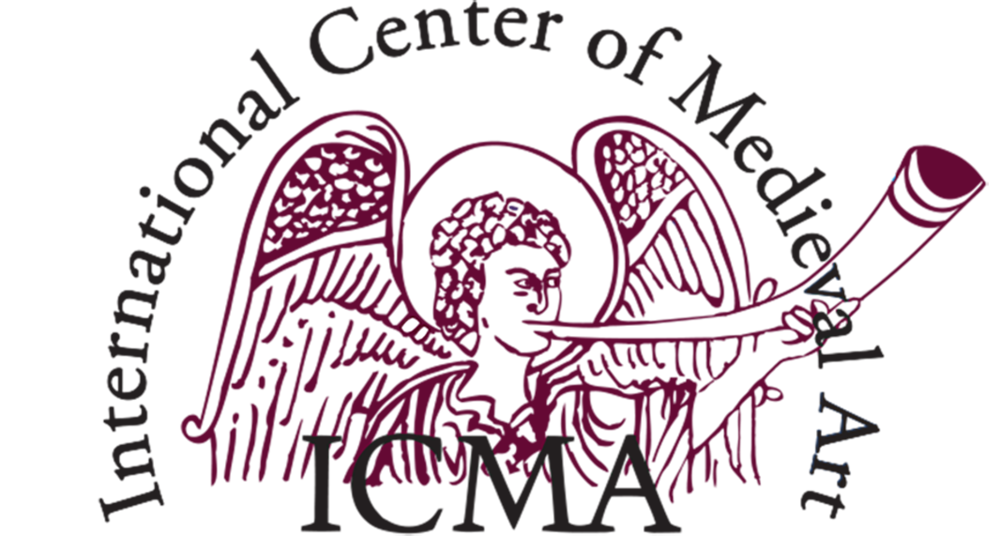CALL FOR PAPERS
VELUM TEMPLI. VEILING AND HIDING THE SACRED
2ND COLLOQUIUM ON ART AND LITURGY CÁDIZ
FACULTAD DE FILOSOFÍA Y LETRAS. UNIVERSITY OF CÁDIZ, SPAIN, 17-19 OCTOBER 2024
ABSTRACTS DUE BY 1 APRIL 2024
The veiling or hiding of the sacred has been a constant feature of Christian worship since its late Antique origins. With powerful precedents in the temple of Jerusalem, as well as in paganism, it is a characteristic that tends to be associated with Eastern Christianity and its iconostasis. However, it was also practised by the Latin church, in whose early Christian basilica the vision of the altar of the Eucharistic sacrifice was already limited and dosed. This ritual attitude, which continued throughout the Middle Ages and even beyond, took the form of veils and curtains suspended from the pergolas or beams that divided the presbytery from the rest of the nave, or using the tetravela that ran along the rails of the baldachins that covered the altars.
Guillaume Durand, in the 13th century, describes in detail the practices that were established at that time, including the great velum templi of Gallican origin, a piece that would be kept for centuries during Lent as a living vestige of this liturgical practice. Several examples of notable antiquity have survived, as does the memory of its use.
Closely related to this, the veneration of sacred images was also marked by a desire for safe preservation, as can be inferred from the design of medieval tabernacles and winged altarpieces. Both took part in the wish to protect physically the paintings and sculptures and a desire for gradualness in the vision of the mystery of the sacred that the images themselves embody. In Spain, the extraordinary development of the altarpiece required bold, eyecatching solutions for its concealment, such as the enormous doors of some Aragonese examples or the woven twills which, when unfolded, are a sort of trompe l'oeil of the work they conceal.
Relics, sacred vessels and even the consecrated Host itself have also been the object of ritually regulated display and concealment, depending on the feasts of the liturgical year or the specific moment of the sacred ceremony taking place in the church. To satisfy this need for visual preservation, reliquary cabinets, the curtains of expositors and tabernacles or chalice veils were created during the Middle Ages, among other pieces of furniture that have also undergone formal and ornamental reformulations during the Renaissance, the Baroque and later.
Through the diachronic and transhistorical study of the phenomenon of display and concealment, this 2nd International Meeting on Art and Liturgy of the University of Cadiz aims to recover for the History of Art the memory of these singular works within the context of the cultic functionality with which they were conceived, where they also acted as vectors of ephemeral transformation in the visual appearance of the temples. For this purpose, renowned specialists such as Eduardo Carrero Santamaría, Fernando Gutiérrez Baños, Josefina Planas Bádenas, Antonio Sántos Márquez and Héctor Ruiz Soto, among others, will take part.
CALL FOR PAPERS
We invite the academic community to submit abstracts in Spanish, English, Italian and French consisting of a 500-700 word summary highlighting the innovative nature of the paper together with the chosen session and a brief curriculum vitae before 1 April 2024 to the following address: arteyliturgia@uca.es The organising committee shall acknowledge receipt of submissions and select those considered most closely aligned with the meeting objectives, responding before 15 May 2024. Following peer review, these will be published in a monograph. Texts should be sent by 15 November 2024.
PAPERS AND COMMUNICATIONS WILL BE DELIVERED IN FOUR SESSIONS
SESSION I. RITUAL OCCULTATION IN LITURGICAL, LITERARY AND GRAPHIC SOURCES.
Testimonies of synods and councils, rubrics in missals, references in customary books, testimonies in travel books. Graphic sources: paintings, drawings, engravings, manuscript illumination and historical photography.
SESSION II. VEILS AND ALTAR CURTAINS IN THE CONTEXT OF LATIN CHRISTIANITY.
Velum templi, Velum quadragesimal, lateral curtains, etc. Origins, typological evolution and local particularities.
SESSION III. THE VEILING OF CROSSES, IMAGES, RELICS AND SACRED VESSELS.
Liturgical, devotional and conservation aspects. Reliquary cabinets, display ceremonies.
SESSION IV. FROM THE MEDIEVAL OPEN TABERNACLE TO THE GREAT BAROQUE ALTARPIECES.
Functional principles and devotional implications.
SPEAKERS REGISTRATION
Speakers: 40 €
Speakers members of CEHA: 20 €
In both cases, the registration includes a copy of the book with the proceedings of the Meeting. After acceptance, speakers will have until 15 June 2024 to pay the registration fee via bank transfer to the University of Cádiz account (Banco de Santander: IBAN ES48 0049 4870 8529 1609 2739; SWIFT: BSCHESMM).
IMPORTANT: The concept of the transfer should be ARTEYLITURGIA followed by the speaker’s SURNAME and NAME. The speaker should send a copy of the bank transfer receipt via email to arteyliturgia@uca.es
For more information: https://arteyliturgia-uca.weebly.com/
For a PDF of the Call for Papers which contains more information: https://arteyliturgia-uca.weebly.com/uploads/1/4/0/5/140580493/cfp_ingl%C3%A9s.pdf

